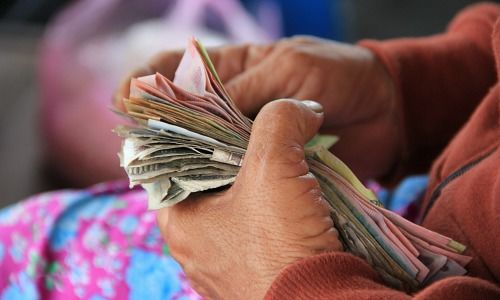Does MAS Engage in Currency Manipulation?
In response to media queries on the U.S. Treasury Report on Macroeconomic and Foreign Exchange Policies released on Wednesday, the Monetary Authority of Singapore released a statement.
The Monetary Authority of Singapore, or MAS, reiterated that Singapore’s monetary policy framework, which is centered on the exchange rate, has always been aimed at ensuring medium-term price stability, and will continue to do so, according to a media release on Wednesday.
As pointed out in the U.S. Treasury Report on Macroeconomic and Foreign Exchange Policies (UST Report), MAS manages the Singapore dollar nominal effective exchange rate (S$NEER) within a policy band, just as other central banks conduct monetary policy by targeting interest rates.
Keep Inflation Low
Whether they target the exchange rate or the interest rate, central banks aim to keep consumer price inflation low and stable as their primary mandate.
MAS does not and cannot use the exchange rate to gain an export advantage or achieve a current account surplus. A deliberate weakening of the Singapore dollar would cause inflation to spike and compromise MAS’ price stability objective.
Surplus Position
Singapore’s current account balance should be viewed in context. In its early years of development, Singapore ran persistently large current account deficits averaging close to 10 percent of GDP between 1965-1984 when its investment needs were greater than available saving. As the economy matured, its investment needs to be tapered off, while national saving rose. Consequently, the current account turned into a surplus position.
Ageing Population
MAS assesses that together with rising affluence that will raise consumption, Singapore’s current account surplus will be reduced when public and private savings are drawn down for the needs of an aging population.
For more information on Singapore’s exchange rate-centered monetary policy framework and its implementation, please refer to these FAQs.


























